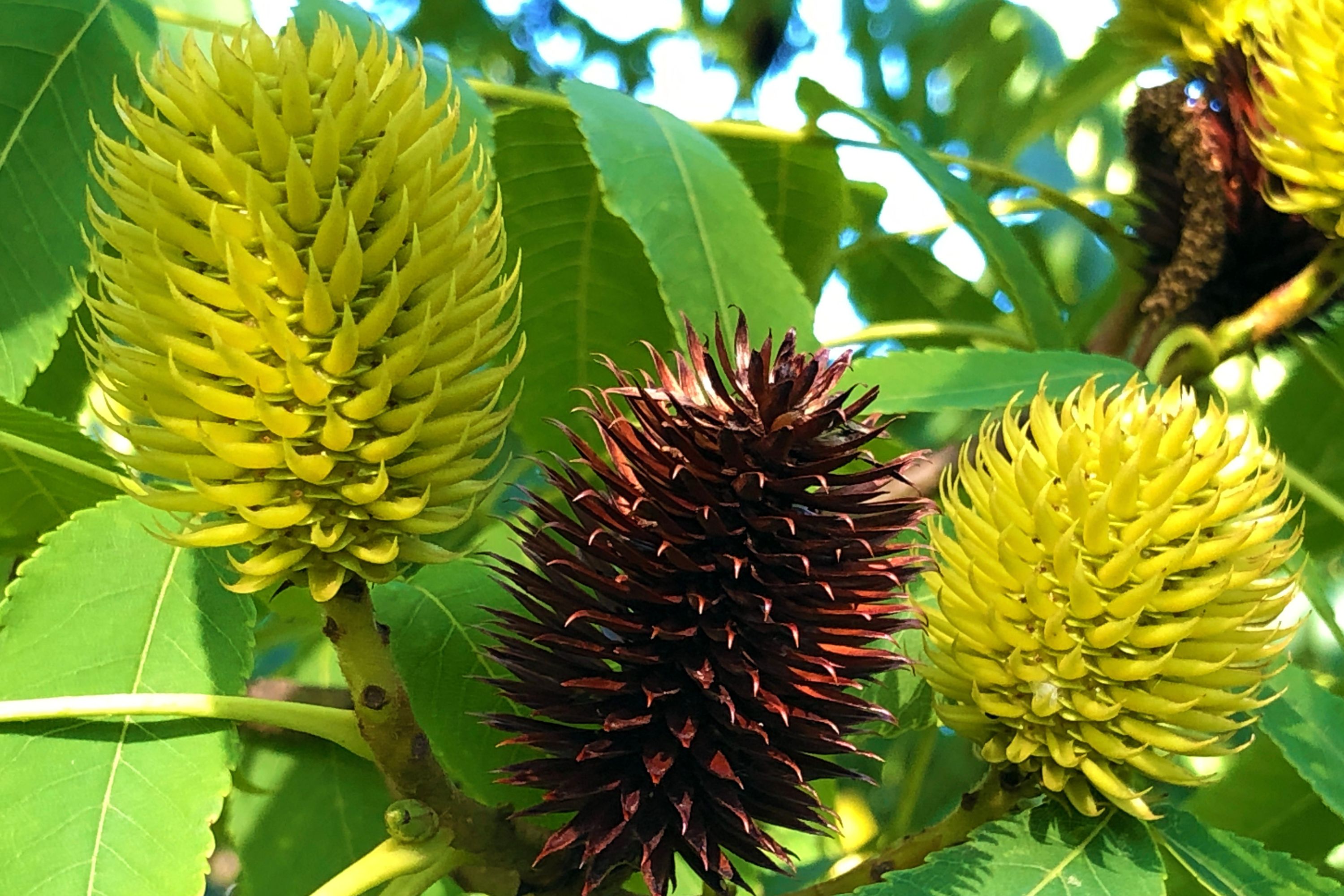Platycarya strobilacea
(Platycarya strobilacea)

Description
Platycarya strobilacea is a species of flowering plant in the family Juglandaceae, formerly treated as comprising the single living species in Platycarya, though a second living species Platycarya longzhouensis is now recognized. It is native to eastern Asia in China, Korea, and Japan. It is a deciduous tree growing to 15 m tall. The leaves are usually pinnate, 15–30 cm long with 7–15 leaflets (rarely simple, or with up to 23 leaflets), the terminal leaflet present; the leaflets are 3–11 cm long and 1.5–3.5 cm broad. The flowers are catkins; the male (pollen) catkins are 2–15 cm long, the female catkins 2.5–5 cm long at maturity, hard and woody, superficially resembling a conifer cone with spirally arranged scales. Galloyl pedunculagin can be found in P. strobilacea. Platycarya is a genus of flowering plants in the family Juglandaceae native to eastern Asia in China, Korea, and Japan. Platycarya strobilacea It is a deciduous tree growing to 15 m tall. The leaves are usually pinnate, 15–30 cm long with 7–15 leaflets (rarely simple, or with up to 23 leaflets), the terminal leaflet present; the leaflets are 3–11 cm long and 1.5–3.5 cm broad. The flowers are presented as catkins; the male (pollen) catkins are 2–15 cm long, the female catkins 2.5–5 cm long at maturity, hard and woody, superficially resembling a conifer cone with spirally arranged scales. The genus was formerly treated as comprising a single species Platycarya strobilacea, though the second living species Platycarya longzhouensis is now recognized. A number of fossil species have been discovered across the Northern Hemisphere dating from the Early Eocene, although they became confined to eastern Asia during the Pleistocene ice ages.
Taxonomic tree:







